

William Stopford
Every SUV, ute and van discontinued in Australia in 2025
10 Hours Ago

News Editor
With Jeep close to completing its range of plug-in hybrids, it’s turning its focus to battery-electric vehicles – and familiar nameplates will reportedly benefit.
Autocar reports the Renegade, which entered production in 2014, will move to the STLA Small platform before 2025 and offer pure-electric power.
A source inside Jeep also told the British publication the Compass, which entered production in 2016, will “eventually” move to the STLA Medium platform, another “BEV by design” platform.
The next Compass will reportedly grow in size to cover the “upper end” of the compact SUV segment. It currently measures 4.4m in length, slightly longer than a Kia Seltos but shorter than a Mitsubishi Eclipse Cross.
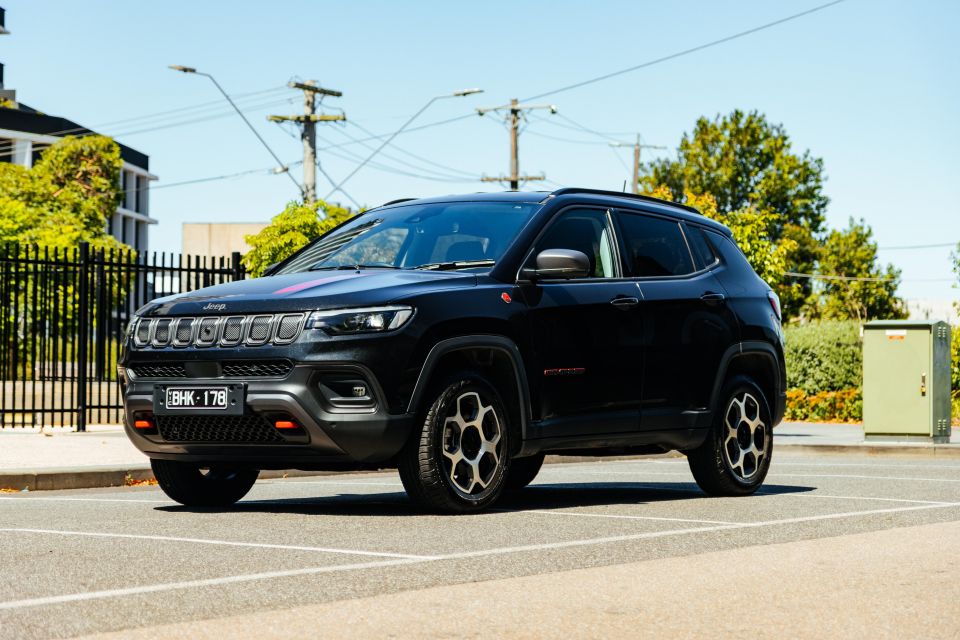
By 2030, Jeep intends for its entire European line-up to be all-electric, and for 50 per cent of its North American sales to consist of EVs.
That indicates petrol engines will be around for some time at Jeep. Whether the next Compass and Renegade will retain petrol options for markets like the US and Australia is unclear.
Jeep’s parent Stellantis says its STLA Small vehicles will have battery capacities ranging from 37-82 kWh, offer a maximum range of 500km, and will be powered by, at minimum, an electric motor producing 70kW of power mated to a 400V electrical architecture.
STLA Small-based vehicles will also offer the option of electric motors that’ll produce between 125kW and 180kW of power.

Vehicles based on the STLA Medium architecture will have battery capacities ranging from 87-104 kWh, allowing for a maximum range of up to 700km.
The company says they’ll offer either electric motors producing between 125kW and 180kW, or the more powerful 150-330kW electric motors that’ll be found in vehicles on the STLA Large architecture.
Jeep’s first EV is the 2023 Jeep Avenger, which slots in underneath the Renegade. It’ll be EV-only, at least at first, in most European markets, though Italy and Spain will get a turbocharged 1.2-litre petrol version.
It measures just 4.06m long, shorter than the 4.25m-long Renegade, and is the first Jeep to use a Stellantis group platform and not a legacy platform from the former Fiat Chrysler Automobiles.

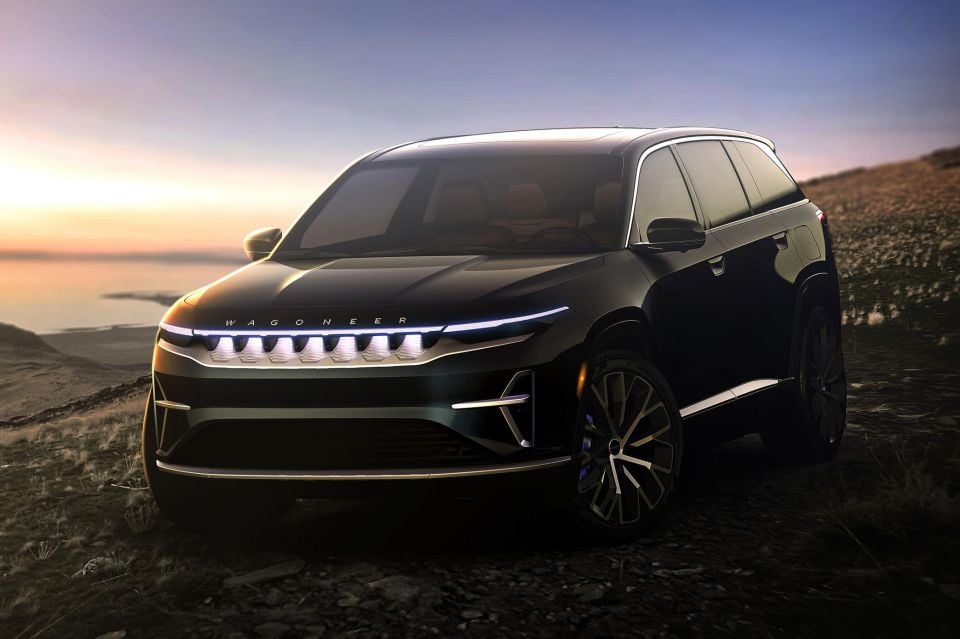
It’s understood to use an updated version of the eCMP platform that underpins, among other vehicles, the Peugeot 2008.
Jeep has promised it’ll launch four electric vehicles by 2025, with the Avenger, rugged Recon and luxurious Wagoneer S having been confirmed as three of them.
The fourth is expected to be a replacement for the aged Cherokee. Like the Recon and Wagoneer S, it’s expected to use the STLA Large architecture.
Jeep hasn’t released technical specifications for the Recon, but says it’s targeting range of 644km and a 0-60mph (0-96km/h) time for the 447kW Wagoneer S of around 3.5 seconds.
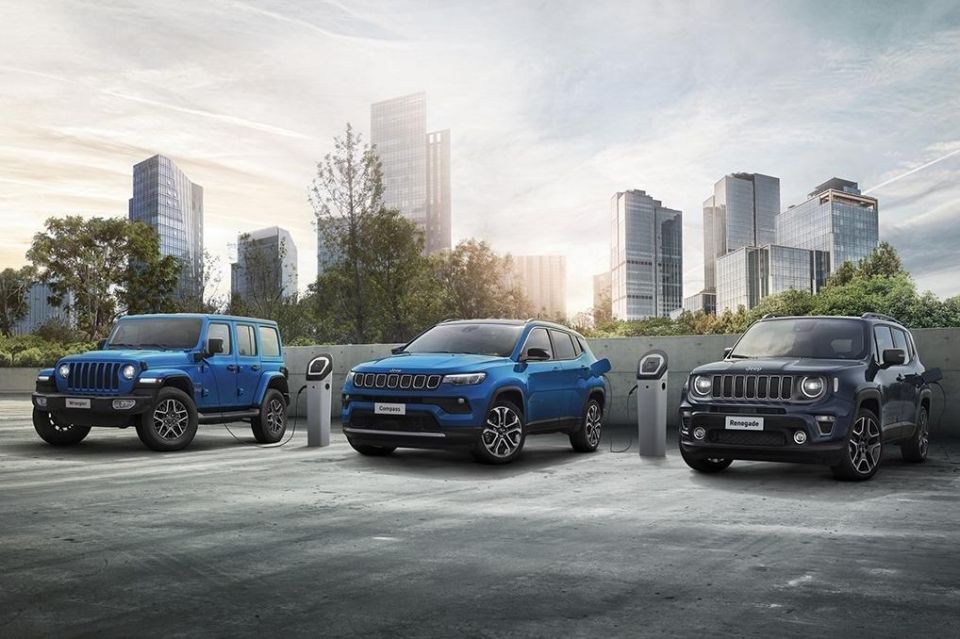
In the absence of EVs, Jeep has rolled out a range of plug-in hybrid models wearing the 4xe badge.
The current 4xe range comprises the Renegade, Compass, Grand Cherokee and Wrangler, with Jeep indicating PHEV versions of the Gladiator and Wagoneer/Grand Wagoneer are also coming.
Only the Grand Cherokee 4xe has been confirmed for Australia, touching down in 2023; Jeep said it wanted to bring the Wrangler 4xe here but couldn’t get the business case to stack up.
The Italian-built Renegade and Compass 4xe were developed for Europe, and aren’t available in markets like Australia or the US.
The Renegade line was discontinued in Australia in 2020, with Jeep blaming a weak Australian dollar.
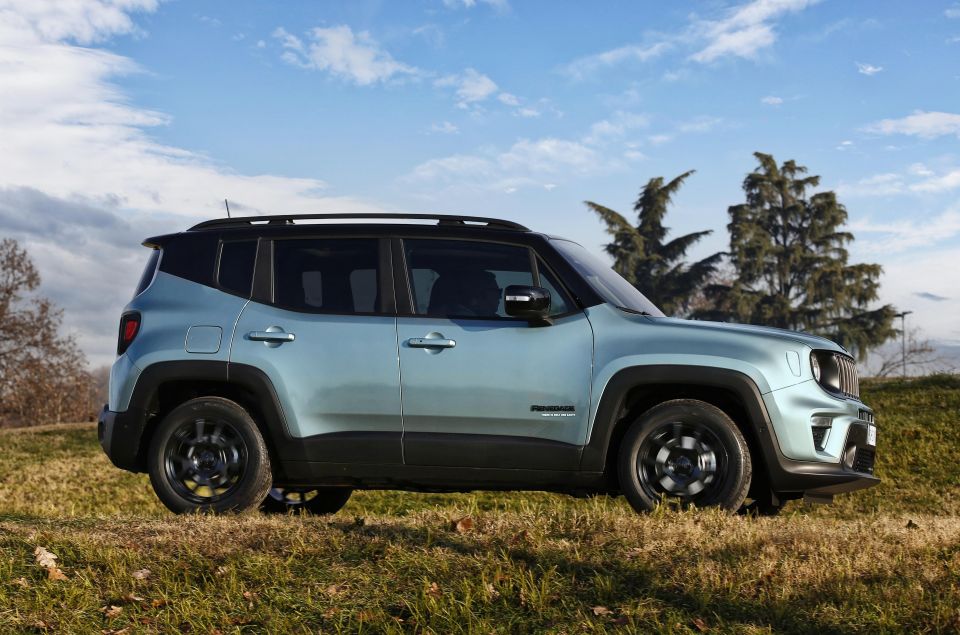
That left the Compass as the entry-level Jeep, something it could continue to be for the foreseeable future as Jeep has yet to confirm the Avenger for Australia despite the availability of right-hand drive.
The Compass is currently produced in Brazil, India, Italy and Mexico, with Stellantis’ Melfi, Italy plant producing it in left-hand drive for Europe and – more recently – in right-hand drive for the UK.
Jeep originally sourced the UK-market Compass from India, but flagging sales and an absence of tech found in the Italian model saw it switch production sources. The Australian-market Compass continues to be sourced from India.
Jeep CEO Christian Meunier has committed to right-hand drive availability as part of the brand’s wider electrification plans and, when asked last month if this applied to every model, he replied, “pretty much”.
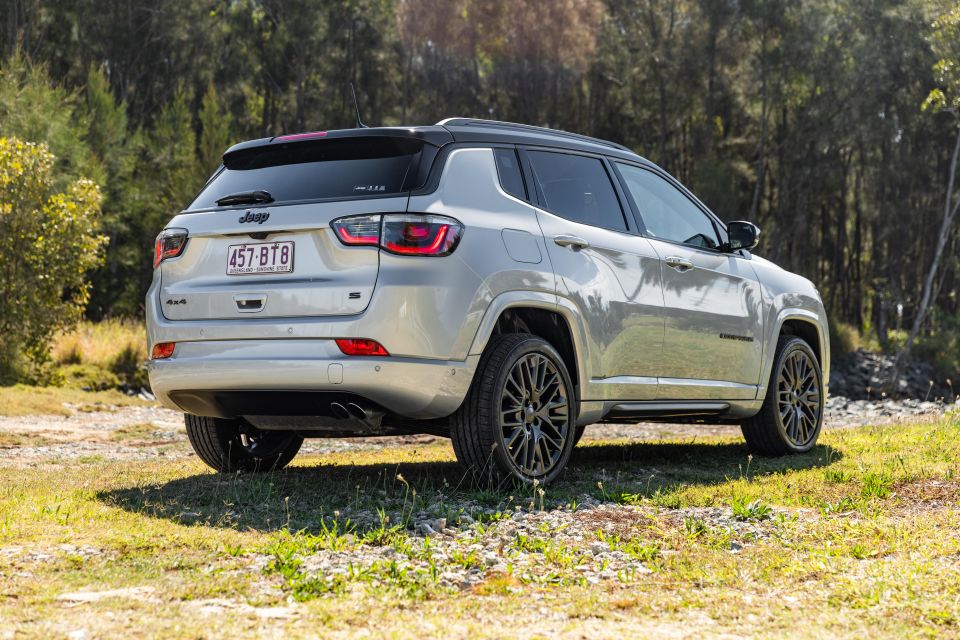
“The right-hand drive strategy is clear. We’re investing for Japan, Australia, New Zealand, South Africa is becoming now a pretty serious market for us. So we’re getting back in Australia, South Africa,” he said.
“Right-hand drive drive is a key. We can be profitable on right-hand drive. As long as you bring the right product with the right powertrains in the right segments.”
MORE: Platform sharing: Stellantis’ EV future MORE: New Jeep EVs confirmed for Australia MORE: Everything Jeep Compass MORE: Everything Jeep Renegade
Where expert car reviews meet expert car buying – CarExpert gives you trusted advice, personalised service and real savings on your next new car.
William Stopford is an automotive journalist with a passion for mainstream cars, automotive history and overseas auto markets.


William Stopford
10 Hours Ago


Ben Zachariah
11 Hours Ago


Derek Fung
12 Hours Ago


Matt Campbell
18 Hours Ago


William Stopford
1 Day Ago


Josh Nevett
1 Day Ago